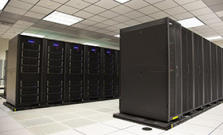
Funding by the CARES Act enabled LLNL and industry partners to more than double the speed of the Corona supercomputing cluster to in excess of 11 petaflops of peak performance.
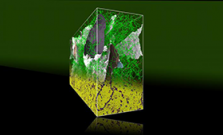
To understand exactly how metals respond to high-rate compression in molecular dynamics simulations, LLNL scientists use novel methods of in silico microscopy to reveal defects in the crystal lattice (green and red line objects and gray surface objects at the top) while removing all the atoms (ye

Lawrence Livermore National Laboratory (LLNL) will provide significant computing resources to students and faculty from nine universities that were newly selected for participation in the NNSA’s Predictive Science Academic Alliance Program (PSAAP).
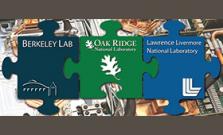
When it comes to solving complex technical issues for GPU-accelerated supercomputers, the national labs have found that tackling them is “better together”
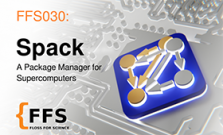
An interview with Todd Gamblin from the Lawrence Livermore National Laboratory about the Spack project, discussing his current research project along with his involvement in Spack.
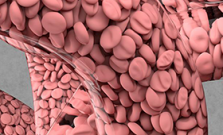
Lawrence Livermore researchers and collaborators have combined machine learning, 3D printing and high performance computing simulations to accurately model blood flow in the aorta.
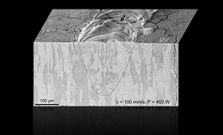
By combining simulations with high-speed videos taken during the laser powder-bed fusion process, LLNL scientists were able to visualize the ductile-to-brittle transition in 3D-printed tungsten in real-time.
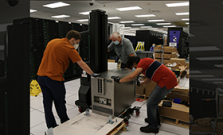
LLNL and Cerebras Systems have installed the company’s CS-1 artificial intelligence (AI) computer into Lassen, making LLNL the first institution to integrate the cutting-edge AI platform with a large-scale supercomputer.
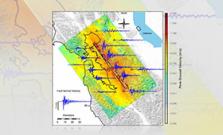
Simulated strength of shaking from a magnitude 7.0 Hayward Fault earthquake showing peak ground velocity (colorbar) and seismograms (blue) at selected locations (triangles).

LLNL physicist Alison Saunders and doctoral fellow Marco Echeverria meet online to discuss their progress enhancing codes used during high-energy experiments.

Dr. Ian Karlin (Livermore National Lab) on AI hardware integration into HPC systems, workflows, followed by a talk about software integration of AI accelerators in HPC with Dr. Brian Van Essen (LLNL)

ZFP is a compressed representation of multidimensional floating-point arrays that are ubiquitous in high-performance computing.
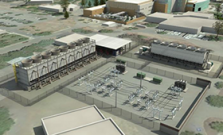
To meet the needs of tomorrow’s supercomputers, NNSA's LLNL has broken ground on its ECFM project, which will substantially upgrade the mechanical and electrical capabilities of the Livermore Computing Center.
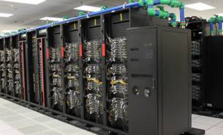
With 5.4 petaflops of peak performance crammed into 760 compute nodes, that is a lot of computing capability in a small space generating a considerable amount of heat.

Elaine Raybourn interviews Todd Gamblin about the Spack project's experience working remotely.

Spack is an open-source product that has become very well known in the high-performance computing (HPC) community because of the value it adds to the software deployment process.

Under a new agreement, AMD will supply upgraded graphics accelerators for Lawrence Livermore National Laboratory’s Corona supercomputing cluster, expected to nearly double the system’s peak compute power.
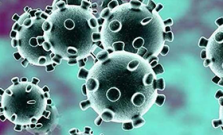
The White House announced the launch of the COVID-19 HPC Consortium to provide COVID-19 researchers worldwide with access to the world’s most powerful high performance computing resources that can significantly advance the pace of scientific discovery in the fight to stop the virus.
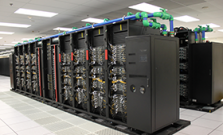
This week, LLNL highlighted one of the latest additions to its computing arsenal: Magma. Magma is a Penguin Computing “Relion” system comprised of 752 nodes with Intel Xeon Platinum 9242 (Cascade Lake-AP) processors.
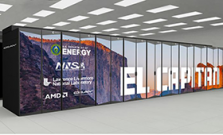
Lawrence Livermore National Laboratory (LLNL), Hewlett Packard Enterprise (HPE) and Advanced Micro Devices Inc. (AMD) today announced the selection of AMD as the node supplier for El Capitan, projected to be the world’s most powerful supercomputer when it is fully deployed in 2023.
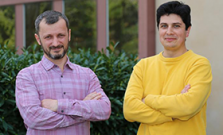
LLNL bested more than two dozen teams to place first overall in Challenge 1 of the DOE Grid Optimization Competition, aimed at developing a more reliable, resilient, and secure U.S. electrical grid.

Led by LLNL's Tzanio Kolev, the Center for Efficient Exascale Discretizations (CEED) is a hub for high-order mathematical methods to increase application efficiency and performance.
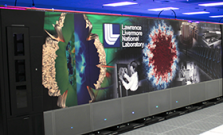
LLNL is now home to the world’s largest Spectra TFinity system, following a complete replacement of the tape library hardware that supports Livermore’s data archives.
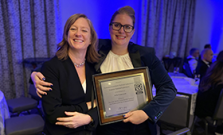
In this Let’s Talk Exascale podcast, researchers involved with the Scalable Checkpoint/Restart (SCR) Framework describe how it will enable users of high-performance computing systems to roll with the rapid pace of change.

At the annual supercomputing conference, SC19 in Denver, Colorado, there were Spack events each day of the conference.
